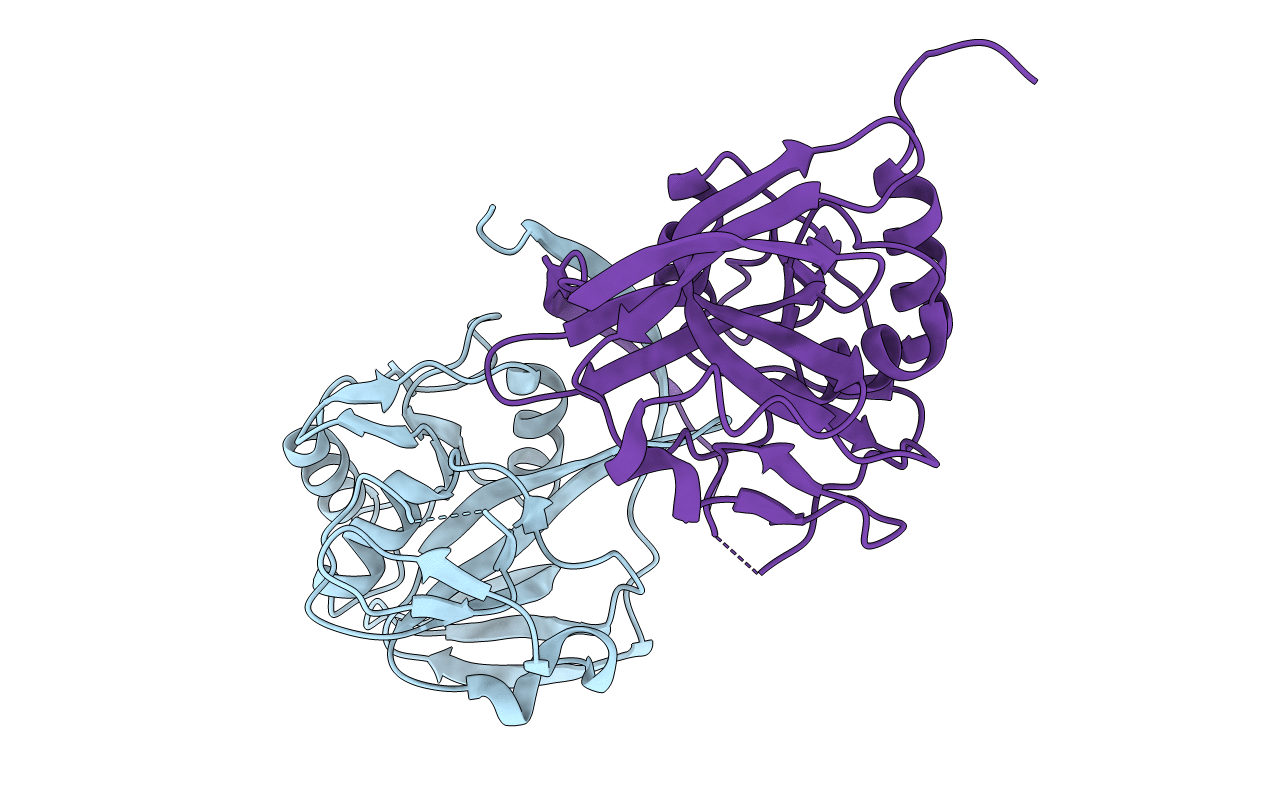
Deposition Date
2006-03-20
Release Date
2006-05-02
Last Version Date
2024-11-20
Entry Detail
PDB ID:
2GEF
Keywords:
Title:
Crystal structure of a Novel viral protease with a serine/lysine catalytic dyad mechanism
Biological Source:
Source Organism:
Blotched snakehead virus (Taxon ID: 311176)
Host Organism:
Method Details:
Experimental Method:
Resolution:
2.20 Å
R-Value Free:
0.26
R-Value Work:
0.22
R-Value Observed:
0.25
Space Group:
I 2 3


